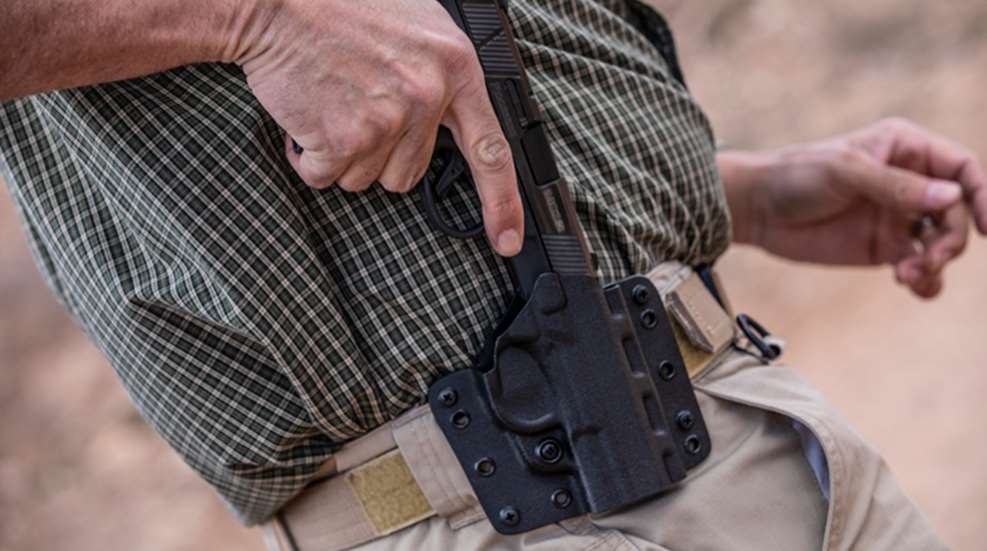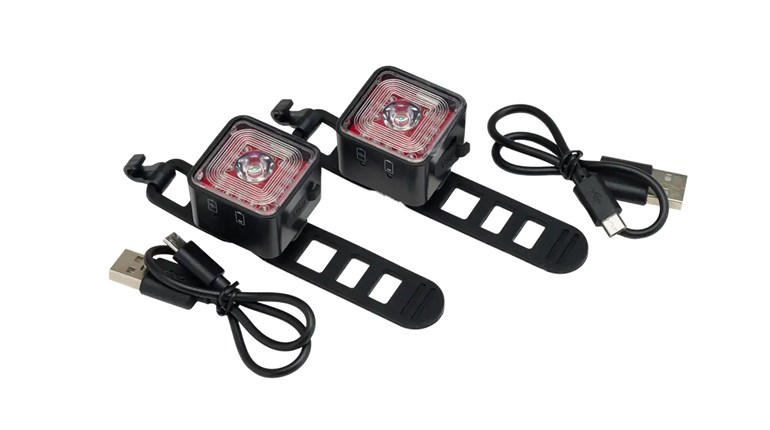
New shooters ask a lot of questions. Moderately experienced shooters, too often, supposedly know all about guns and if they don’t know something they’re often more reluctant to ask questions in a classroom setting. These are some of the questions I answered recently during a three-hour class for beginning women shooters of "The Well Armed Women" chapter we sponsor at Gunsite, and they represent common questions any new shooter has.
1. What’s the difference between practice ammunition and defensive ammunition?
Practice ammunition or range ammunition usually uses a full metal jacketed (FMJ) bullet, while defensive ammunition uses a jacketed hollowpoint (JHP). The JHP ammunition is designed to expand and create a larger wound channel, leading to quicker incapacitation. It’s also faster (higher velocity) and, these days, much more expensive than FMJ range ammunition.
2. How do I know which defensive ammunition to buy?
Since the 1986 FBI gun battle in Miami, all premium defensive ammunition is designed to meet a set of standards created by the FBI in terms of expansion and penetration. Arguing one brand is better than another doesn’t make a lot of sense, especially with ammunition being expensive and hard to find. Buy and carry ammunition designed for defensive use and worry more about getting hits to vital zones
3. What do you mean by caliber, such as 9 mm and .380?
These designations refer to the diameter of the bullet in either metric or inch standard terms. A 9 mm bullet is 9 mm in diameter, or .351 inches. The .380, also called a 9 mm Kurz (or short) in Europe uses the same size bullet as the 9 mm in a shorter cartridge case and is less “powerful." Likewise, the .38 Special and .357 Magnum both use a bullet with a diameter of .357 inches with the Special having a shorter cartridge case than the more powerful Magnum.
4. Should I carry a round of ammunition in the chamber of my defensive pistol?
Yes, you should. Modern pistols can be carried safely, fully loaded, with a round in the chamber. If you’re suddenly faced with a deadly threat, will you have both hands free and have the time to produce your pistol and rack the slide to load the chamber?
5. Many states allow open carry, but if you carry openly, will you likely be the first one killed should you find yourself in a shooting situation?
That’s the opinion of some but I’m not aware of a single instance where it happened to an armed citizen. While open carry is appropriate under some circumstances, I think you are better off carrying discretely concealed.
6. What’s the difference between a training pistol and a carry pistol?
Some people prefer to train or compete with a large pistol that is more suited to uniformed open carry than concealed carry. On the other hand, a tiny, easily concealed pistol is more difficult to shoot and manipulate. Then there are medium size pistols that are suitable for both carry and training.
While you might hope to have one pistol to cover all these needs it might be reasonable to do most of your training with a full-size pistol and carry a smaller pistol of the same type. As you begin this journey you will soon discover you’re going to be investing in multiple guns and lots of gear such as holsters and range bags. Welcome to the club.
7. What do you think about off body carry?
While I prefer that your pistol be firmly attached to your person, I also understand women carry purses and bags. There are lots of concealed carry purses designed for securely carrying your pistol as well as backpacks and fanny packs. The problem with leaving a gun in a bag is, you must always control it and cannot allow unauthorized persons to have access to it, even for a few seconds.
8. What are some other options for concealed carry?
Belly bands, thigh holsters, bra holsters, ankle holsters and shoulder holsters are just a few examples. All have advantages and disadvantages and require a bit of training to use them safely and effectively. Along those lines, regardless of how you carry, you need to alter your wardrobe to dress around the gun and keep it concealed.
9. How do I know when to carry my pistol?
Let me ask you this. If you knew you were going to be in a gun fight when you left your home, would you go? Of course not, because avoidance is your best defense. Understand, the purpose of personal defensive firearms is to meet unexpected attacks, and you have no way of knowing when that might happen. It’s my belief that, having committed to concealed carry, you should carry everywhere you can, all the time. Make up your mind you’re going to adopt a concealed carry lifestyle, train, learn and live with the peace of mind that comes from confidence in your skills and the ability to command your environment.





































